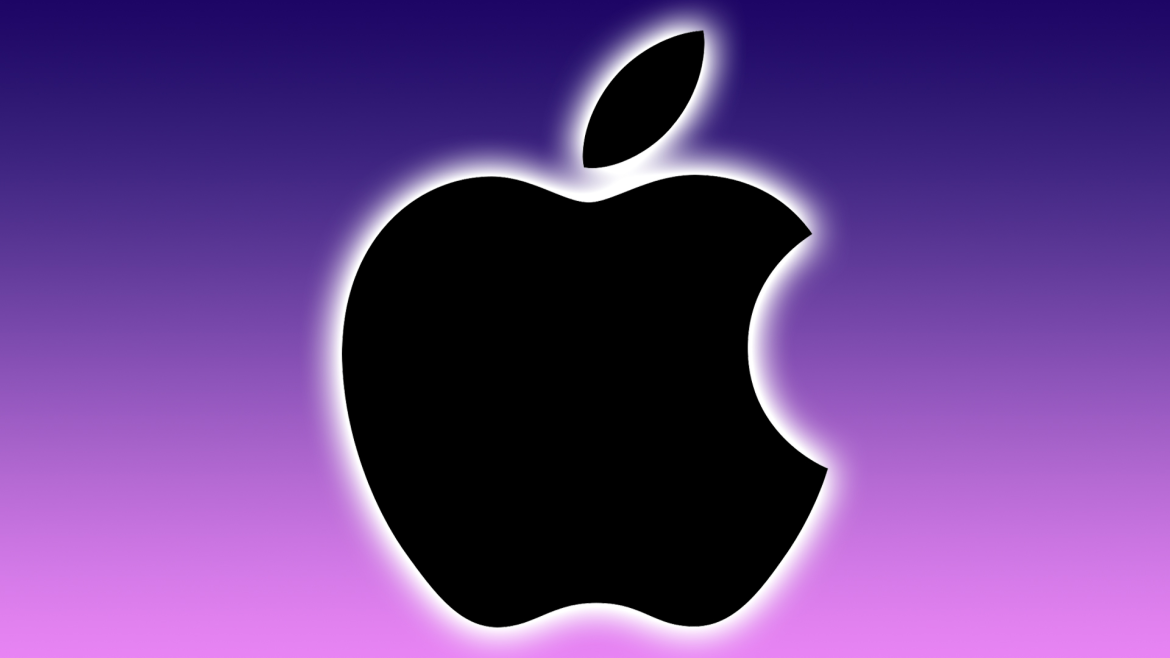A Symbol That Defines an Era
Whenever a bitten apple flashes on a screen, most people instantly recognize it as the emblem of Apple Inc. The technology giant is not only known for pioneering devices like the iPhone, iPad, and MacBook, but it has also established itself as a cultural phenomenon.
The logo — simple yet distinctive — has become one of the most recognized symbols in the world. But why the name “Apple”? And why a bitten apple? The story behind this logo is surprisingly straightforward, yet deeply fascinating.
The First Apple Logo: A Complex Beginning
Apple’s first logo was introduced in 1976. It depicted Isaac Newton sitting under an apple tree, symbolizing the moment when an apple fell on him and inspired the theory of gravity.
This elaborate illustration was designed at the suggestion of Steve Wozniak, Apple’s co-founder, who admired Newton’s scientific vision. However, the intricate details made the logo less practical for branding. It lacked the simplicity and instant recognition needed in a fast-growing consumer technology market.
Naming the Company: A Simple Choice
The company’s name, too, carries an interesting but simple story. According to co-founder Steve Jobs, the inspiration came during a fruit-based diet period when he visited an apple orchard.
Jobs felt that “Apple” was short, friendly, memorable, and fun. It had no complex philosophy attached. The name was chosen simply because it stood out and felt approachable — unlike the technical or mechanical names common in the computer industry at the time.
The Birth of the Iconic Bitten Apple
In 1977, Apple unveiled the logo that would go on to define its brand for decades. The design was created by graphic designer Rob Janoff.
In an interview, Janoff explained that the idea started as a plain apple illustration. However, he quickly realized that without a distinguishing feature, people might confuse it with other fruits, such as a cherry. To solve this, he added a “bite” mark — a clever touch that ensured unmistakable recognition.
That small design tweak transformed the logo into a powerful brand identity. The “bite” became not just a visual cue, but also a metaphor for knowledge, discovery, and human curiosity.
Colors Through the Years
From 1977 to 1998, the Apple logo appeared in rainbow stripes, representing the company’s introduction of color displays in its computers. This colorful version was meant to highlight Apple’s innovation at a time when most computers had monochrome screens.
In 1998, as Apple entered a new era under Jobs’ leadership, the rainbow logo was replaced with a solid black version. Since then, the company has adapted the logo into different shades — silver, white, and gold — depending on the product line and design aesthetic.
Despite these changes, the bitten apple shape has remained constant, symbolizing both consistency and timelessness.
A Simple Decision, A Global Legacy
Unlike many corporate logos packed with hidden meanings, Apple’s logo does not carry a complex philosophy or secret symbolism. Instead, it emerged from a practical design choice — making the apple clearly recognizable.
That decision, however, turned into one of the most powerful branding moves in modern history. Today, the bitten apple not only represents cutting-edge technology but also creativity, innovation, and lifestyle.
Apple continues to evolve, with reports suggesting that Apple’s first foldable iPhone expected in 2026 could redefine its product line in the near future.
From a fruit-inspired name to a globally recognized logo, Apple’s story is a reminder that sometimes the simplest ideas can have the most profound impact.















